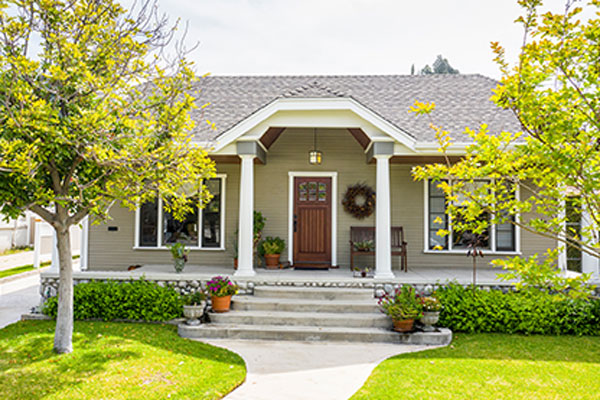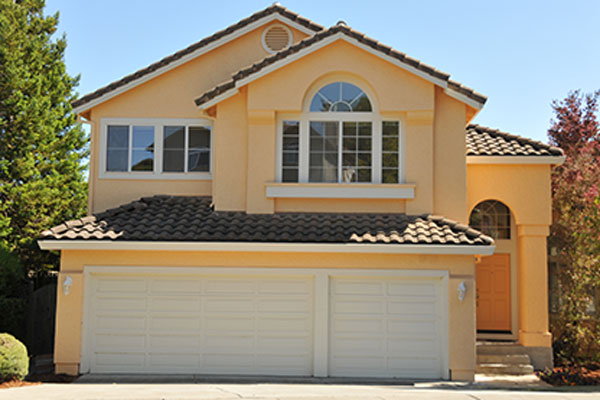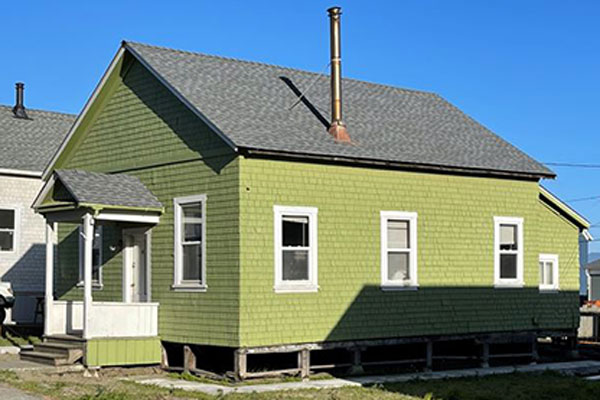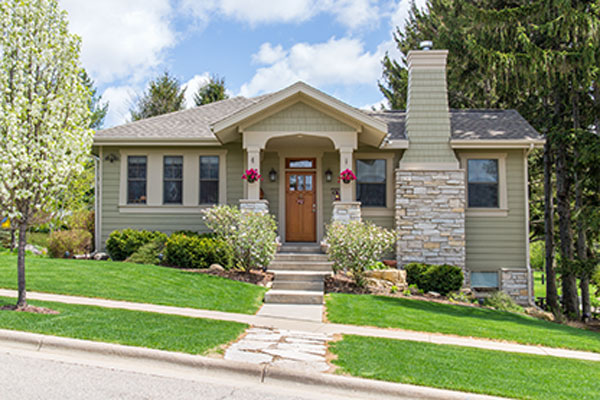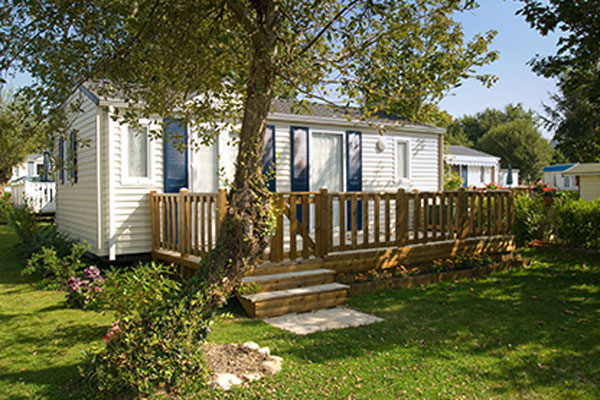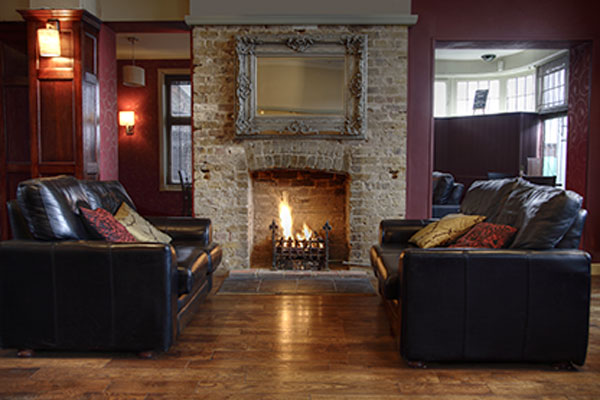If you own a home in California, you should consider getting a seismic retrofit, also called an earthquake retrofit. Retrofits strengthen and reinforce your home to help make it more resilient against earthquake damage. Not all homes need a seismic retrofit, but it is especially important for older homes, which were built before California's modern building codes and have a higher risk of being damaged by earthquakes.
What is the Average Cost for a Seismic Retrofit in California?
On average, a common type of earthquake retrofit on homes with a raised foundation completed by a licensed contractor may cost on average between $3,000 and $7,000. However, the cost of an earthquake retrofit can vary widely depending on many factors, including the type of retrofit required, which we explain below.
What are the Different Types of Earthquake Retrofits?
There are different types of earthquake retrofits and each one can help strengthen your house against earthquake damage. However, the costs for each type of retrofit varies. As you might imagine, simple retrofits tend to be less expensive, while more complex retrofits are more expensive. The important thing to note here is that all retrofits can help protect your home and family, as well as significantly reduce repair costs following a major earthquake.
Brace + Bolt Retrofits
Brace + Bolt retrofits help improve a raised foundation home’s resistance to earthquake damage. Raised foundation homes have a crawl space underneath the first floor. Older houses, particularly those built before 1980, may not be attached to their foundations, making them more vulnerable to earthquake damage. A Brace + Bolt retrofit strengthens the crawlspace walls and bolts the home to the foundation, which can help prevent the house from sliding or toppling off its foundation during an earthquake. The Earthquake Brace + Bolt program provides up to $3,000 in grants to homeowners who qualify for a Brace + Bolt retrofit. Visit our page on Brace + Bolt retrofits to find out more.
Estimated Cost of a Brace + Bolt Retrofit: 76% of raised foundation retrofits performed by the Earthquake Brace + Bolt program typically cost less than $7,000. Even if you don’t qualify for the program, be sure to check with your local city or county office to see if they have grants or special loans available to help.
Soft-Story Retrofits
Soft-story retrofits are for houses that have a living space located over an attached garage. These homes are vulnerable to earthquake damage because the existing walls of the garage are usually not strong enough to withstand the type of shaking commonly caused by large earthquakes. In soft-story retrofits, the garage walls are usually braced, and the garage door wall is typically retrofitted to better withstand earthquake shaking. Oftentimes, plywood sheathing or steel panels are installed on each side of the garage door, but some garage doors require a steel frame to be built in. The back wall of the garage may also need a new foundation with reinforcing bars, and the garage’s side walls may need to be strengthened with new anchor bolts, hold downs, and plywood.
Estimated Cost of a Soft-Story Retrofit: On average, soft-story retrofits cost between $15,000 and $25,000. We offer qualified homeowners up to $13,000 in grants for Earthquake Soft-Story (ESS) Retrofits. Find out if you qualify for a soft story retrofit. The grant program is open for a limited time each year, but you can sign up for the email notifications here. And remember to check your local city or county office to see if they have other grants or special loans available to help.
Post & Pier Retrofits
Post and pier retrofits are used for houses above raised foundations where the house sits on upright wood posts. These posts rest on individual concrete blocks or pier pads which have been placed around the perimeter and interior of the crawl space below the home. Post and pier houses have no continuous concrete-perimeter foundation and so they are especially vulnerable to earthquake damage. During major earthquakes, these homes may shift, or even collapse. To retrofit a post and pier home, contractors add a new continuous concrete footing all around the crawl space and new plywood bracing on new crawl space wall studs. This can significantly increase the strength of the home’s foundation, making it much more resilient against earthquake damage.
Estimated Cost of a Post and Pier Retrofit: Post and Pier Retrofits typically cost about $10,000 to $15,000. Again, your local city or county office may have grants or special loans available to help – be sure to check!
Hillside House Retrofits
Hillside house retrofits are for homes built on hillsides or steep slopes. These homes are often set on tall, narrow posts or columns, with or without diagonal bracing. They may have walls that “step down” the hill. Because of the way these homes are built, their foundation must be able to withstand the weight of the house bearing downhill, supporting the house’s entire structure. If the foundation cannot do that, then the house may sway, collapse, or simply slide off its foundation and down the hill. Hillside homes often require complex, engineered retrofits. If you have a hillside home and want to retrofit it, you should hire a licensed structural or civil engineer to help develop your retrofitting plan. Hillside retrofits may require foundation updates, anchoring framed crawlspace walls to the foundation, and brace wall sheathing, all of which are designed to help these homes resist earthquake shaking.
Estimated Cost of a Hillside House Retrofit: Hillside house retrofits can be complicated, must be engineered, and can cost more than $10,000.
Mobilehome & Manufactured Home Retrofits
Mobilehomes and manufactured homes are often built on support systems designed to help them stay in place under normal living conditions but are not designed to protect them from earthquake shaking. If these homes have not been retrofitted, they can be heavily damaged during an earthquake due to sliding off their support systems or even collapsing entirely. These homes should have an Earthquake Resistant Bracing System (ERBS) installed to help make them more resilient against earthquakes. For additional details on these types of retrofits, see our page on Mobilehome retrofits.
Estimated Cost of a Mobilehome Retrofit: Although costs can vary, the installation of an ERBS typically costs less than $5,000.
Chimney & Fireplace Retrofits
While most retrofits focus on reinforcing your home’s foundation, which is the most important step to protecting it from earthquakes, you may also need to consider retrofitting chimneys and fireplaces.
If you have a fireplace or chimney, remember that January 1st, 1995, is when California's building code was updated. Fireplaces and chimneys built after that date typically don't require a retrofit. Remember that unreinforced masonry chimneys are vulnerable to earthquake damage. Some can be inspected and deemed safe if they were built in certain ways, but most of these chimneys will need to have a portion of the chimney demolished.
If your house’s exterior was constructed before 1995, then you should hire a licensed contractor or registered design professional to assess the fireplace and determine if it needs to be retrofitted. If a retrofit is required, then the surrounds (masonry and veneers) can be removed and replaced to improve its resiliency against earthquakes.
Estimated Cost of a Chimney/Fireplace Retrofit: Completely removing a fireplace and chimney can cost a few thousand dollars, depending on what work is performed.
Other Factors that Influence the Cost of a Seismic Retrofit
While the type of retrofit required is likely to play the biggest role in determining your costs, there are other factors that can also influence costs. Some of them include:
Age of the House
Older homes built before 1980 may require more extensive retrofitting work to meet current building codes, leading to higher costs. These may be more susceptible to earthquake damage. Newer homes might need less work, if any, and may be cheaper to retrofit.
Scope of Work
The scope of retrofitting work can vary immensely, and this can impact the overall cost of a retrofit. Some simple retrofits can be completed in just a few days, while more extensive retrofits may take weeks or even months to complete. The longer the retrofit takes, the more expensive it’s likely to cost.
Permits and Fees
Permits and fees also add to the total costs of an earthquake retrofit. Local building codes and regulations vary, but all California cities and counties will require at least some permits and fees to complete a retrofit according to the California Building Code. These are required by law, and they are also required in order to secure a retrofit-related discount on earthquake insurance policies.
Seismic Retrofit Grant Programs to Reduce Costs
Some CA homeowners can qualify for retrofit grant programs, including the Brace + Bolt program, which offers thousands of dollars in grants to reduce the cost of a retrofit. If you’re considering a retrofit, make sure to look into the EBB program.
How to Find a Qualified Seismic Retrofit Contractor
If you’re hiring a contractor for a Brace + Bolt retrofit, choose one who is qualified to do the work. To find a qualified earthquake contractor in your area, please refer to the CRMP Contractor Directory, which you can search to find local licensed contractors who are educated in seismic retrofitting. All contractors listed in our directory are California-licensed and have passed an online course from FEMA.
Is a Seismic Retrofit Really Worth it?
We think that Earthquake retrofits are worth the cost, but it is a personal decision. Retrofits are especially important for older homes, including those built before 1980, as these houses are more likely to be vulnerable to earthquake damage. While it may cost several thousand dollars to complete a retrofit, remember that you are investing in the long-term resilience of your biggest investment. Retrofits offer peace of mind for the safety of your family, and confidence in the strength and security of your home.
What Else Can I Do to Protect Myself from Earthquakes?
To protect yourself and your loved ones, create an earthquake preparedness plan.
View the California earthquake probability map to find out if you live near an active fault, read our article on 7 essential earthquake safety tips, and create your own earthquake emergency kit.
Remember that earthquake preparedness saves lives, and that the best time to prepare for an earthquake is before the ground begins to shake!
Visit our Seismic Strong Blog for tips, advice and more information about earthquakes.

